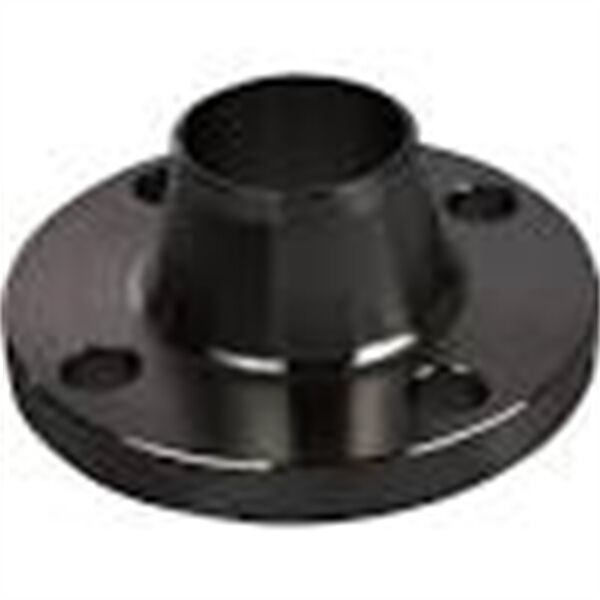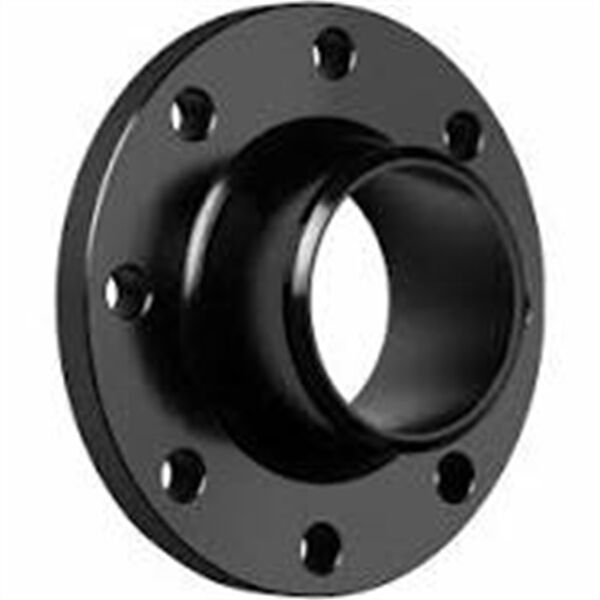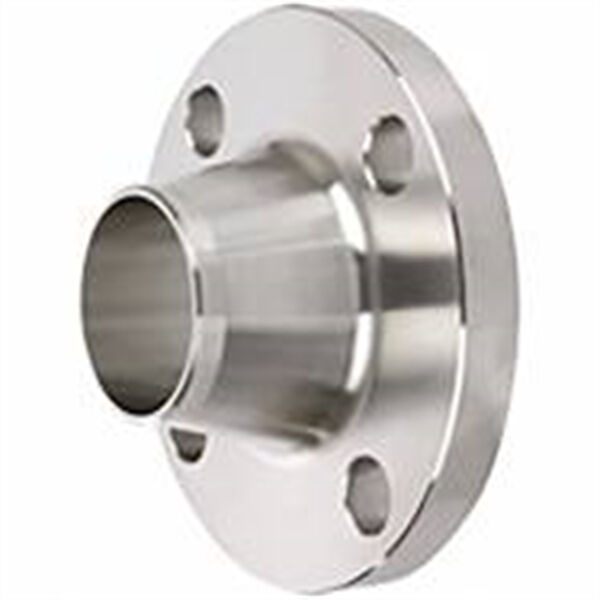Understanding a 2-inch weld neck flange is a beneficial skill for anyone who works with machinery, pipe, or chemical transfers. A weld neck flange is a specialty flange which is designed to be welded directly onto the pipe. It is frequently employed as a rapid roadside culvert in factories to connect pipes or valves. The major factors that makes 2" weld neck flange so expensive is its size and how intricate its shape is. The “2-inch” is the diameter of the flange and the “weld neck” is the part that sticks out and gets welded to the pipe.
A 2-inch weld neck flange has certain features such as its size, shape and material. Size is significant here because the diameter should match that of the pipe or fitting to which it’s being connected. The form aids in creating strong bond between pipe and fitting. The material is also important because it too has to withstand the pressure and heat inside factories.

Proper Way to Install 2 Inch Weld Neck Flange Matters This instruction on how to properly install a 2 inch weld neck flange is very important if you want to make sure that there is no leak. To use it, the end of the pipe or fitting must be cleaned and formed first. Then, the flange should be set to the end of the pipe and aligned with the fitting. After that, a flange is attached to the pipe using an approach such as TIG or MIG. The weld should be tested for any leaks or defects once it is complete.

There are several benefits of utilizing a 2-inch weld neck flange at the factories. One major advantage is that it makes a very solid and secure connection between pipes and fittings. These measures help to put a stop to leaks and to make machines work better. Plus, weld neck flanges are able to withstand high pressures and temperatures, so they are excellent for hard jobs. They service you forever, so you don’t have to repair or ever replace them.

Considering various materials and finishes for 2-inch weld neck flanges can make it easy for you to choose the best one for your project. Weld neck flanges are commonly fabricated out of materials like carbon steel, stainless steel, and alloy steel. Each material has its unique characteristics, from being rust resistant, strong and heat resistant.” Weld neck flanges can also come with coatings, such as paint, or galvanizing, to improve upon rust resistance and are often drilled in accordance with inspection; however, they can also be left un-drilled/undrilled on the face either without holes or with “universal &/or straight” drilled bolt holes.


Copyright © TOBO GROUP All Rights Reserved - Privacy Policy